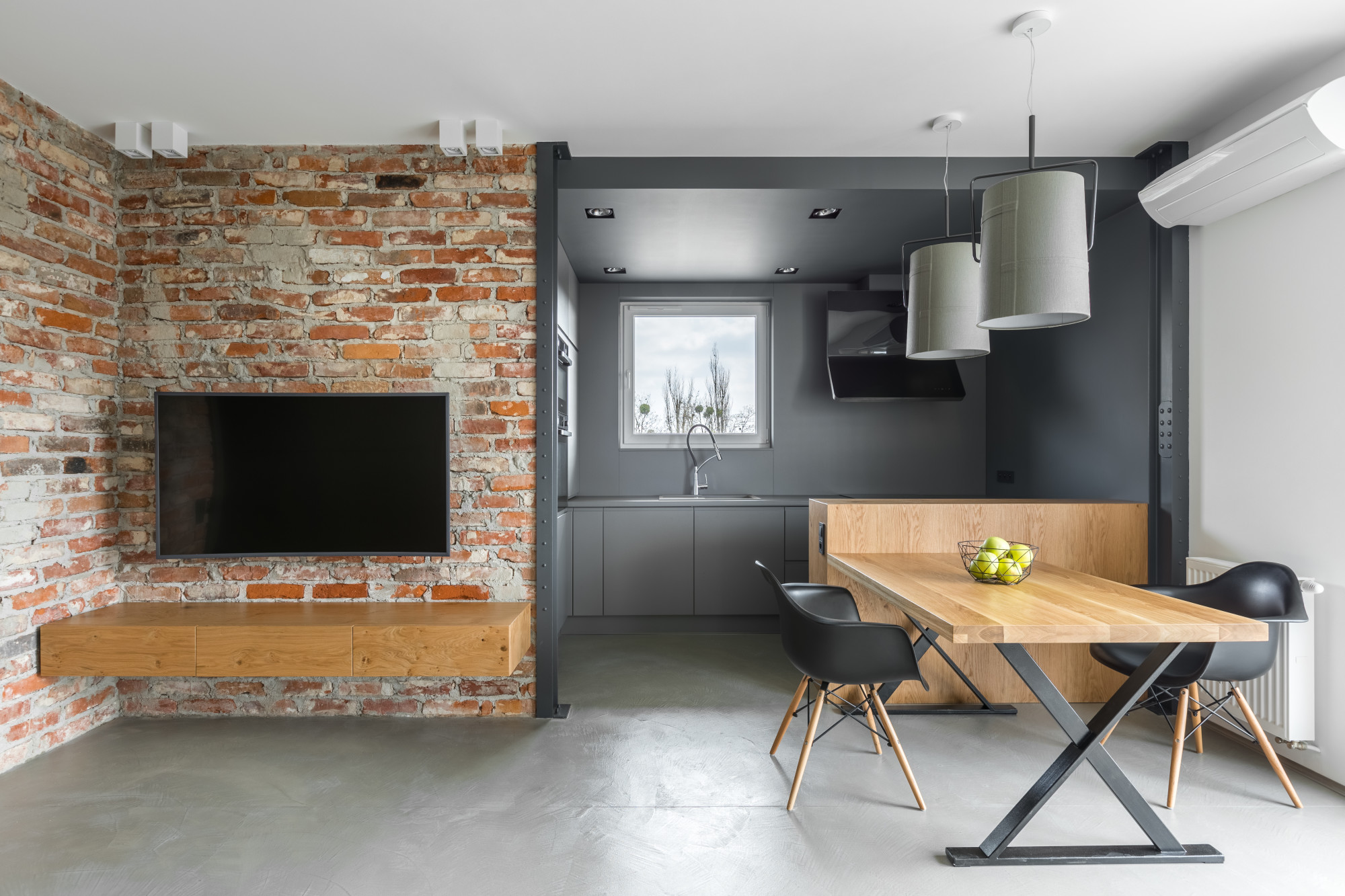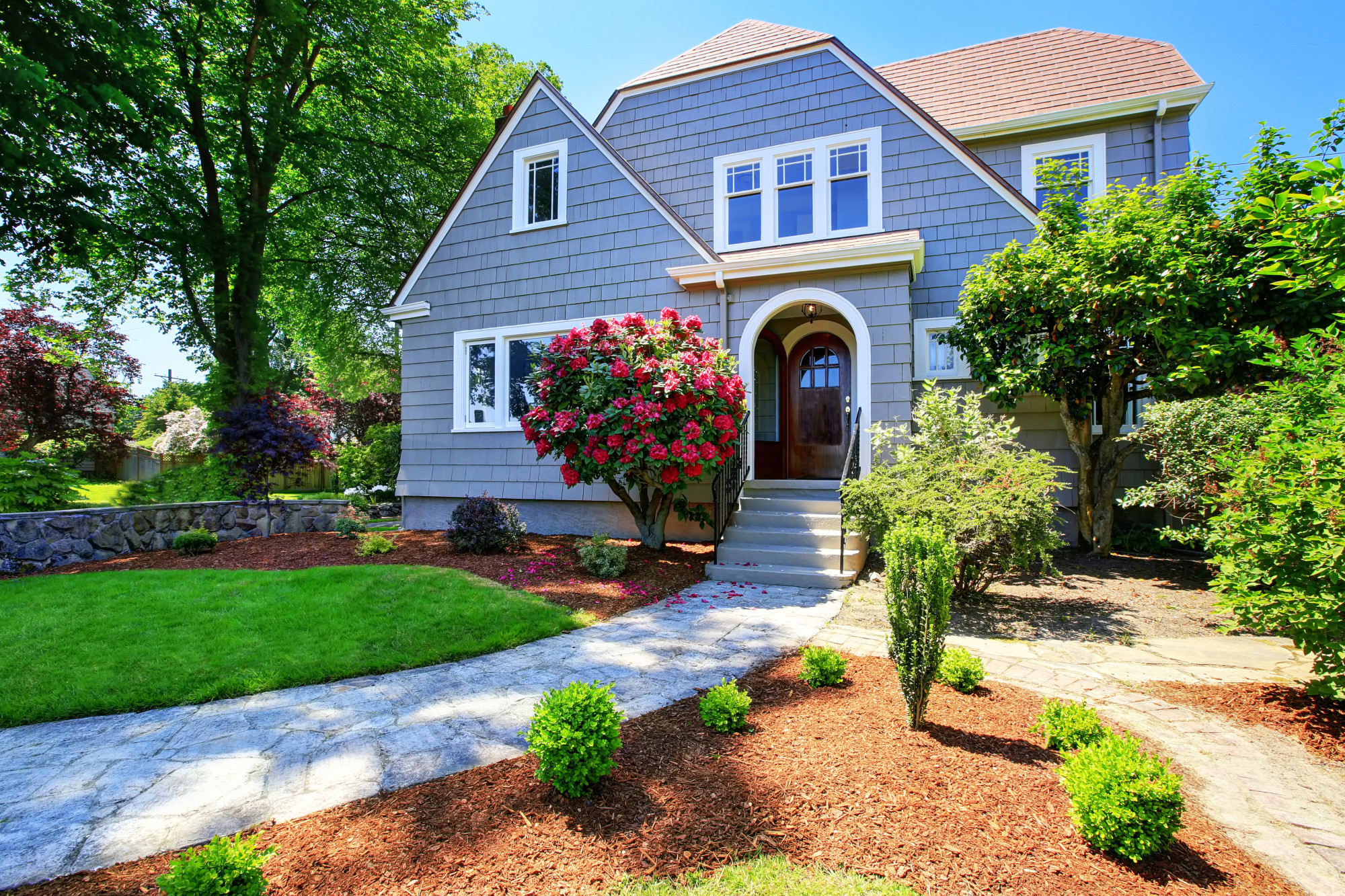How do you know if your home is good-looking?
You might think it’s a matter of personal taste, but it has a lot to do with design principles. Interior design principles are universal truths about how humans find things beautiful.
Knowing these will help you decorate your home in a way that makes it both familiar and beautiful. Read on to explore these fundamental interior design rules and how to apply them to your home.
Contents
1. Color Coordination
A good color scheme can give a room a sense of harmony and balance. When considering color schemes, you should consider the size of the room, the light inside, the furniture and accessories, and any existing artwork. Additionally, you should be mindful of the psychology of color and the effect certain shades may have on the atmosphere of a room.
2. Utilize Your Space Wisely
This means that each space should have an intended use, such as an office, living room, or bedroom. Taking the functionality of each room into consideration when designing interiors allows you to create a cohesive look that ties the space together. This can be achieved through the use of colors, patterns, interior painting, furniture, and more.
3. Maximize Lighting and Natural Resources
The natural lighting provides a sense of openness and creates a brighter atmosphere. Properly placed windows and other ventilation sources help to create a balanced and inviting indoor environment, while using natural lighting can reduce the need to spend money on artificial lighting. Additionally, utilizing natural materials, such as wood, stone, and textiles, can create a warm and inviting atmosphere.
4. Select the Right Furnishings and Accessories
Having quality pieces that complement and enhance the style of the room helps tie the design together and make the room feel complete. Different finishes and textures, such as wood, metal, glass, and upholstery, should be considered when selecting furniture and accessories. Different shapes, sizes, and colors should also be taken into account when decorating a room.
5. Focus on Balance and Symmetry
Balance involves creating a feeling of overall equilibrium in a room by arranging furniture, lighting, and color in a balanced way. Symmetry, on the other hand, involves making sure that items on either side of the room are symmetrically arranged, such as using matching chairs or artwork on opposing walls.
7. Utilize Unconventional Spaces With Creativity
Think outside the box and make use of the entire space when planning the design. Wall space can provide interesting features by using items like shelving, frames, sculptures, or mirrors.
The creative use of colors, textures, and fabrics also gives spaces character and can complement the existing features. Consider using multi-level surfaces, such as a built-in deep shelf with cozy seating and soft lighting, to provide a comfortable area for reading or conversation.
8. Take Advantage Of Scaled Pieces To Create Depth
This principle can be anything from large items to the smallest home decor accessories and should be used in consideration of furniture arrangement, color scheme, textiles, and window coverings. Every room should be given its own unique style, with the overall design reflecting the size and proportions of the pieces used.
Learning Interior Design Principles
Interior design should be tailored to our individual needs and preferences. Practicing the three principles of balance, rhythm, and focal points allows us to design a space that is both aesthetically pleasing and comfortable. We invite you to explore and experiment with these interior design principles to discover the perfect combination of form and function.
Found this article helpful? Browse through the rest of this section to catch our other great articles.





